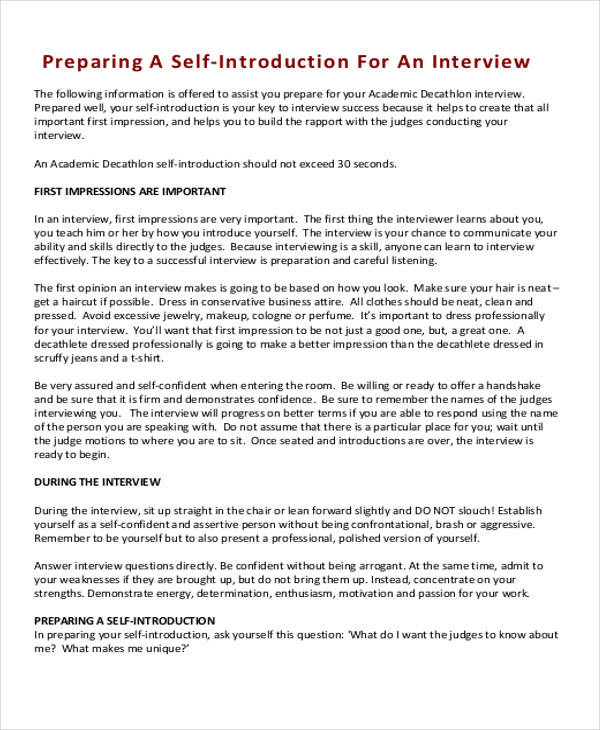How To Write A Good Speech About Yourself

Crafting a compelling speech about oneself can be a daunting task, often fraught with anxiety about self-promotion and authenticity. However, with the right approach, individuals can create a captivating narrative that resonates with their audience while remaining true to themselves.
Understanding the nuances of self-presentation is crucial in various settings, from job interviews and networking events to award acceptance speeches and personal introductions. This article explores practical strategies and expert advice for constructing a memorable and impactful speech about yourself.
Understanding Your Audience and Purpose
Before putting pen to paper (or fingers to keyboard), it’s imperative to analyze your audience. Consider their interests, expectations, and prior knowledge about you.
Defining the purpose of your speech is equally important. Are you aiming to impress potential employers, inspire colleagues, or simply introduce yourself to a new group?
“Knowing your audience and defining your purpose is the foundation of any good speech, particularly one about yourself,” says Dr. Eleanor Vance, a communication expert at the National Speakers Association.
Structuring Your Speech for Maximum Impact
A well-structured speech enhances clarity and keeps the audience engaged. A common and effective structure includes an opening hook, a central narrative, and a memorable conclusion.
Start with a captivating opening that grabs attention. This could be a surprising statistic, a personal anecdote, or a thought-provoking question.
The central narrative should highlight key achievements, experiences, and values. Focus on stories that illustrate your strengths and personality.
Developing Your Narrative
Authenticity is paramount when speaking about yourself. Avoid embellishing or exaggerating your accomplishments.
Instead, focus on the lessons learned from your experiences, both successes and failures. “People connect with vulnerability and honesty,” emphasizes Mark Thompson, author of 'Present Yourself Powerfully'.
Use the STAR method (Situation, Task, Action, Result) to structure your stories. This framework provides a clear and concise way to explain your experiences and their impact.
Delivery and Presentation
The way you deliver your speech is just as important as the content itself. Practice your speech multiple times to ensure a smooth and confident delivery.
Pay attention to your body language, maintaining eye contact and using gestures to emphasize key points. Speak clearly and at a moderate pace.
Consider incorporating visual aids, such as slides or props, to enhance engagement. However, use these sparingly and ensure they complement your message, not distract from it.
The Importance of Conciseness
Respect your audience's time by keeping your speech concise and to the point. Avoid rambling or including unnecessary details.
Practice editing your speech ruthlessly, cutting out any information that doesn’t directly contribute to your message. A shorter, more impactful speech is always preferable to a longer, rambling one.
Remember to conclude with a strong call to action or a memorable closing statement. This will leave a lasting impression on your audience.
Avoiding Common Pitfalls
There are several common mistakes to avoid when writing a speech about yourself. One of the biggest is sounding arrogant or self-absorbed.
Focus on your accomplishments, but always frame them in the context of teamwork and collaboration. Acknowledge the contributions of others and avoid taking sole credit for successes.
Another pitfall is being too vague or generic. Provide specific examples and quantifiable results to support your claims.
"The key is to balance confidence with humility," according to a recent report by the Harvard Business Review on effective communication.
By following these guidelines and practicing diligently, anyone can craft a compelling speech about themselves that leaves a positive and lasting impression.

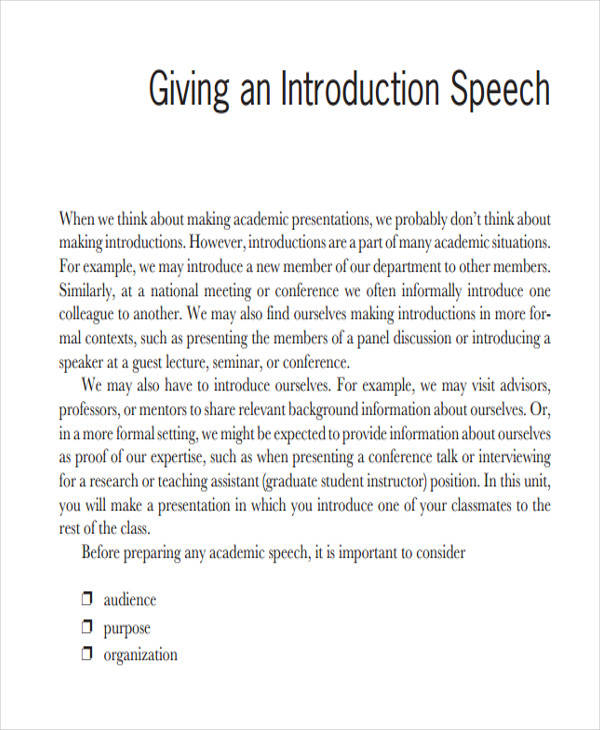





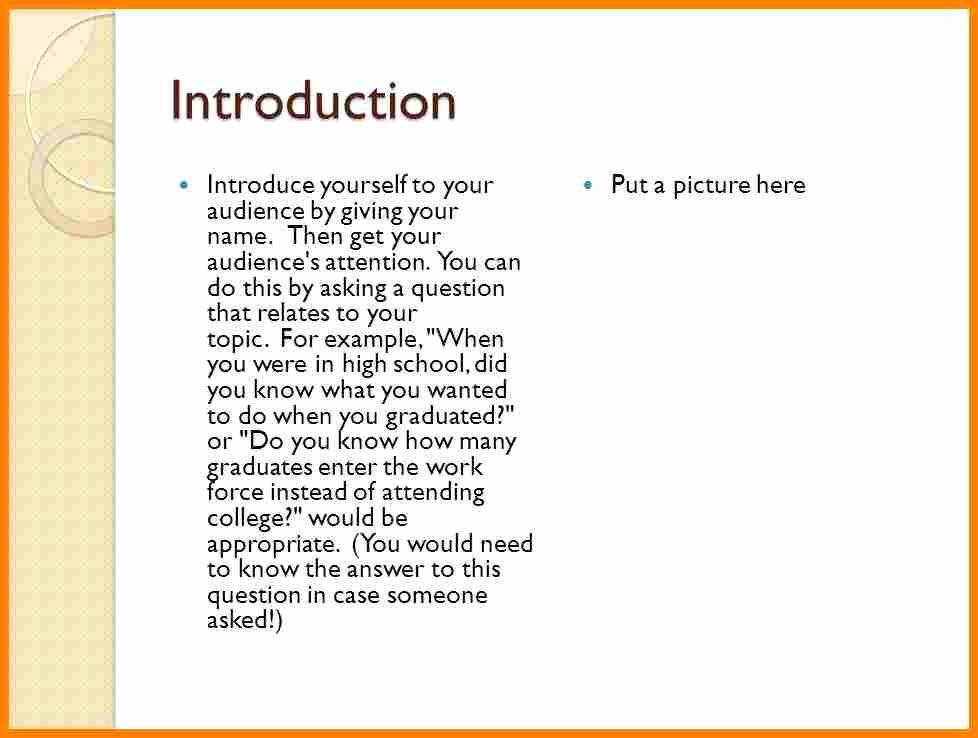

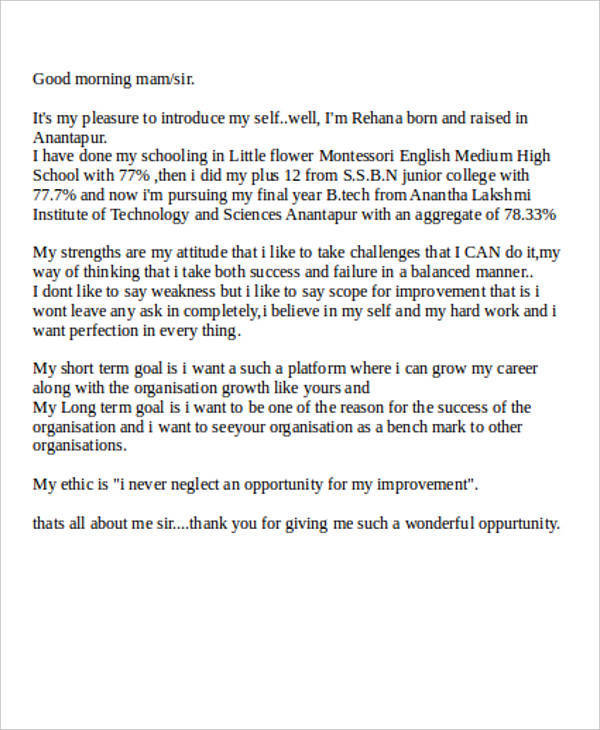
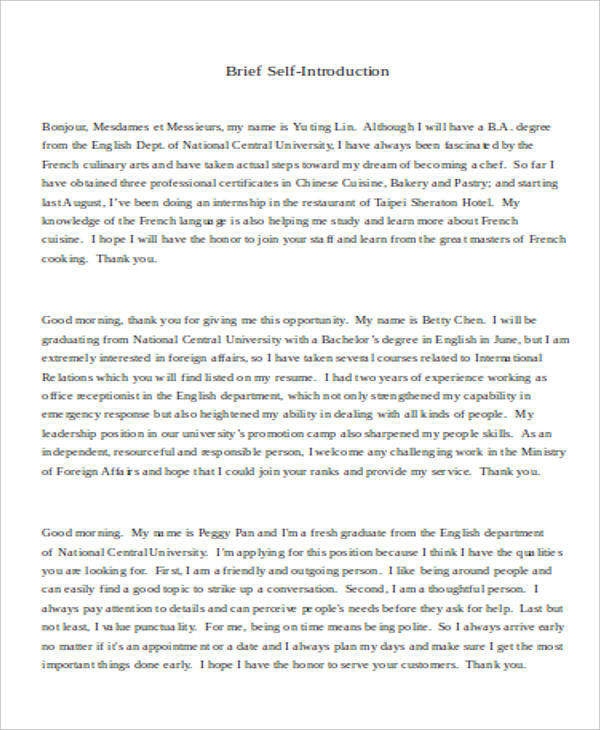




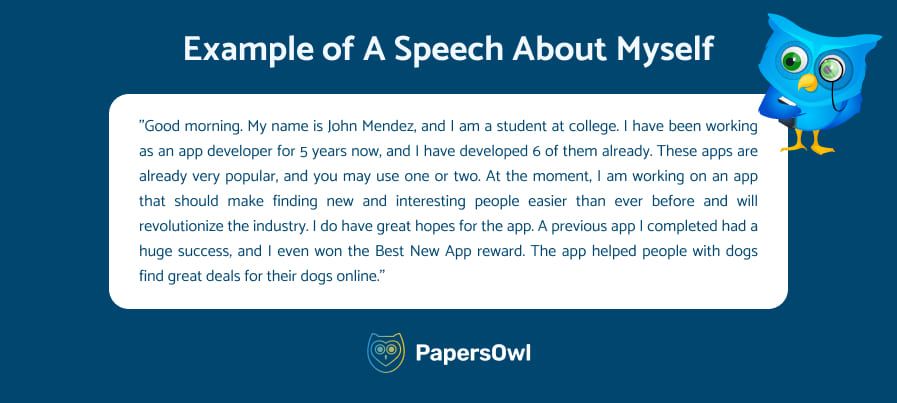
.webp)
